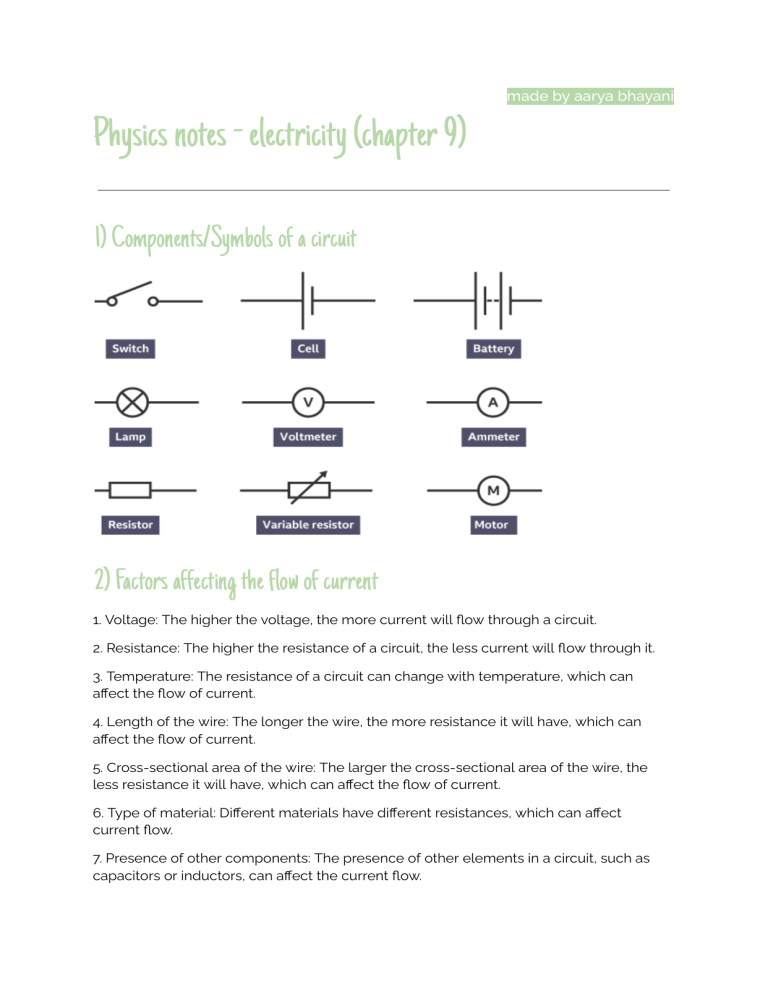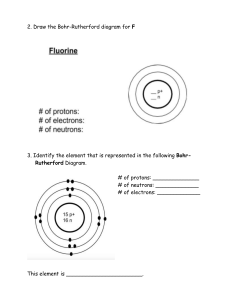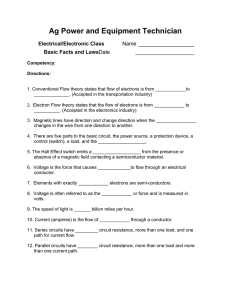Physics Notes: Electricity - Circuit Components & Current Flow
advertisement

made by aarya bhayani Physics notes - electricity (chapter 9) 1) Components/Symbols of a circuit 2) Factors affecting the flow of current 1. Voltage: The higher the voltage, the more current will flow through a circuit. 2. Resistance: The higher the resistance of a circuit, the less current will flow through it. 3. Temperature: The resistance of a circuit can change with temperature, which can affect the flow of current. 4. Length of the wire: The longer the wire, the more resistance it will have, which can affect the flow of current. 5. Cross-sectional area of the wire: The larger the cross-sectional area of the wire, the less resistance it will have, which can affect the flow of current. 6. Type of material: Different materials have different resistances, which can affect current flow. 7. Presence of other components: The presence of other elements in a circuit, such as capacitors or inductors, can affect the current flow. 3) Key terms (from the textbook) 1. 2. 3. 4. 5. 6. 7. Connected in parallel - components attached across each other so that the terminals of one component are connected to the terminals of others Connected in series - components that are joined so that all the current flowing out of one component flows into the next Parallel circuit - circuit with branches where current can flow through more than one route Battery - two or more electrical cells connected in a series Voltage - a quantity that is related to either the energy supplied by a power supply or the energy changed by a component. Its symbol is ‘V’. Ohm’s law - the relationship where resistance = voltage/current (V/I). Its symbol is the ohm Resistance - In an electoral circuit, anything that tends to slow the flow of current 4) Fun facts that are not so fun - - An insulator is anything that doesn’t allow electrons to move easily and doesn’t conduct electricity A conductor is anything that flows electric current to flow from one point to another easily Balanced atoms are atoms that have an equal no. of protons and electrons A charge imbalance is an imbalance in protons and electrons when there are more of one than the either An electric circuit is a circular track of conductive materials that let electrons flow in a specific way An imbalance in atoms does not have an equal number of protons and electrons Protons and neutrons are not found on the shells outside of the nucleus of an atom but rather indie the nucleus. Wheres electrons are found on the outside of the nucleus of an atom Atoms with more protons than electrons have a positive charge Electrons have a negative charge whereas neutrons have a positive charge





